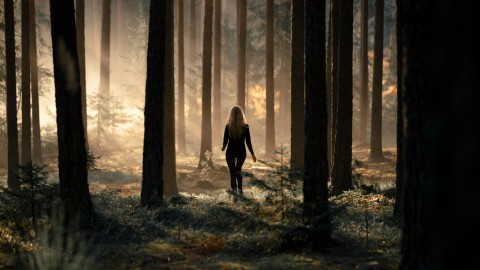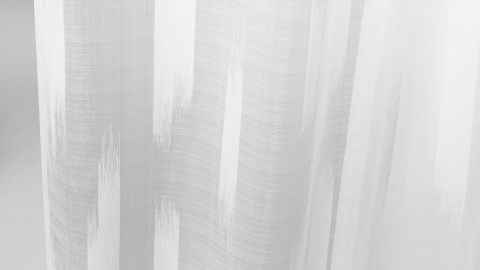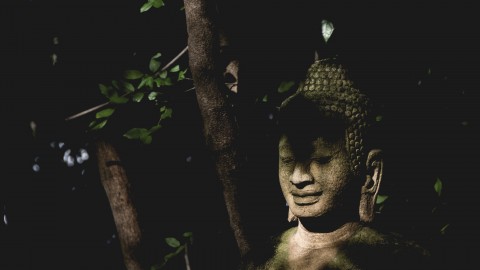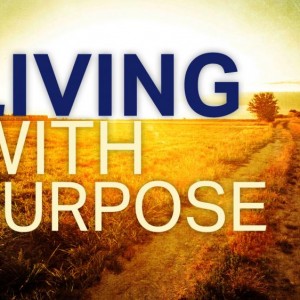Knowledge, Information and Experience
Lighthouses mark dangerous coastlines, hazardous shoals, reefs, rocks and safe entries to harbors; they also assist in aerial navigation. Once widely used, the number of operational lighthouses has declined due to the expense of maintenance and use of electronic navigational systems.
The earliest known lighthouse was built in Egypt over 2000 years ago. The first British colonial lighthouse is located in Boston, Massachusetts. The fully exposed to the sea octagonal wooden structure, anchored by 12 iron stanchions built by Henry Winstanley in 1696. First Indian Mahabalipuram lighthouse open to built in 1911.
History:
Ancient lighthouses: Before the development of clearly defined ports, mariners were guided by fires built on hilltops. Since raising the fire would improve the visibility, placing the fire on a platform became a practice that led to the development of the lighthouse.
Modern construction: The modern era of lighthouses began at the turn of the 18th century, as lighthouse construction boomed in lockstep with burgeoning levels of transatlantic commerce. Advances in structural engineering and new and efficient lighting equipment allowed for the creation of larger and more powerful lighthouses, including ones exposed to the sea.
Lighting improvements: The source of illumination had generally been wood pyres or burning coal. The Argand lamp, invented in 1782 by the Swiss scientist, Aimé Argand, revolutionized lighthouse illumination with its steady smokeless flame.
Optical systems: With the development of the steady illumination of the Argand lamp, the application of optical lenses to increase and focus the light intensity became a practical possibility. William Hutchinson developed the first practical optical system in 1763, known as a catoptric system.
Recent: The advent of electrification, and automatic lamp changers began to make lighthouse keepers obsolete. For many years, lighthouses still had keepers, partly because lighthouse keepers could serve as a rescue service if necessary.
Lighthouse technology:
Power: In a lighthouse, the source of light is called the “lamp” (whether electric or fuelled by oil) and the concentration of the light is by the “lens” or “optic”.
Lens: Before modern strobe lights, lenses were used to concentrate the light from a continuous source. Vertical light rays of the lamp are redirected into a horizontal plane, and horizontally the light is focused into one or a few directions at a time, with the light beam swept around.
Laser light: Experimental installations of laser lights, either at high power to provide a “line of light” in the sky or, utilising low power, aimed towards mariners have identified problems of increased complexity in installation and maintenance, and high power requirements.
Light characteristics: In any of these designs an observer, rather than seeing a continuous weak light, sees a brighter light during short time intervals. These instants of bright light are arranged to create a light characteristic or pattern specific to a lighthouse. For example, the Scheveningen Lighthouse flashes are alternately 2.5 and 7.5 seconds.
Now it’s story time Bye Bye.
What is really death? How to die before we die? If you become aware of yourself that is die before death.
WHO AM I? THIS QUESTION MAKES EVERYBODY AFRAID. It is nothing exceptional; it is absolutely the case with everybody. Whoever wants to go deep into the question, into the quest, of “Who am I?” is bound to feel fear at a certain point. Why? Because there comes a point where you cross the boundary of the ego and enter into the world of egolessness. That point is the point of great fear — because it looks like death. And, in fact, it is a kind of death: the ego disappears.
And up to now that has been your identity. Up to now that’s what you have been thinking you are. And suddenly it starts evaporating. A great fear grips the heart: “I am dying!” because your identity is dying. You are not really dying; in fact, you are being born. It is a rebirth, it is a true birth. It is like the seed dying into the soil. The seed must be feeling afraid, nervous, trembling. How can the seed trust that once he is gone there will be a great tree and great flowering? The seed will not be there to witness it; no seed has ever witnessed it, so how can this seed believe and trust?
And the same happens with the ego: the ego cannot trust that there is anything more than itself And the ego is dying, and the ego starts breathing its last, and you become afraid. Many people turn back from that point, rush back out.
This is going to happen to every meditator. Hence, our question is significant, very significant. Every meditator has to encounter this situation, this challenge. Many times people come to the point from where they would have entered into God, but they could not risk, they could not gather courage. They became afraid, scared; they rushed out.
You have to take the risk. And I tell you, from my own experience, it is not death. Yes, it is a death to the ego, but the death of the ego is the birth of the soul. You will die as a drop, but you will be born as the ocean. It is worth it. You will be dying only as a limited being, as a defined being, and you will be born as undefined, undefinable.
Yes, you will disappear, with all your neurosis, psychosis. with all your tensions, anxieties, anguishes: you will disappear with all your problems, worries; you will disappear as you have known yourself up to now. But your disappearance is only a change of garments, and you will be getting closer to your reality, deeper into your reality. You will get more rooted into being. That’s the whole search!
Tags: Awareness Be Yourself










